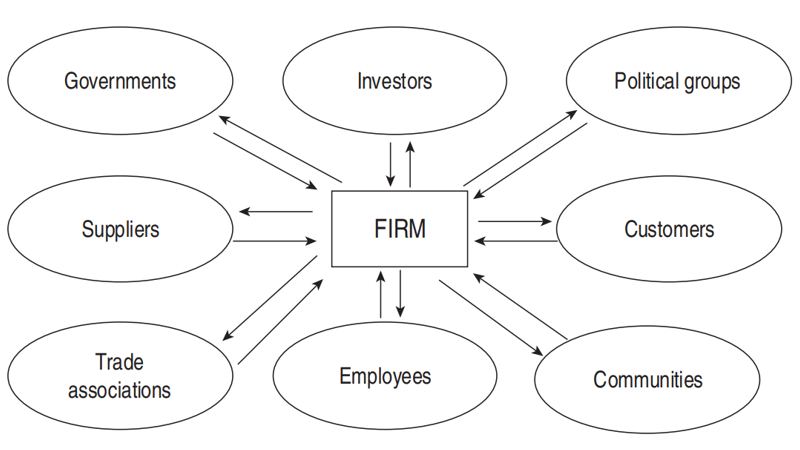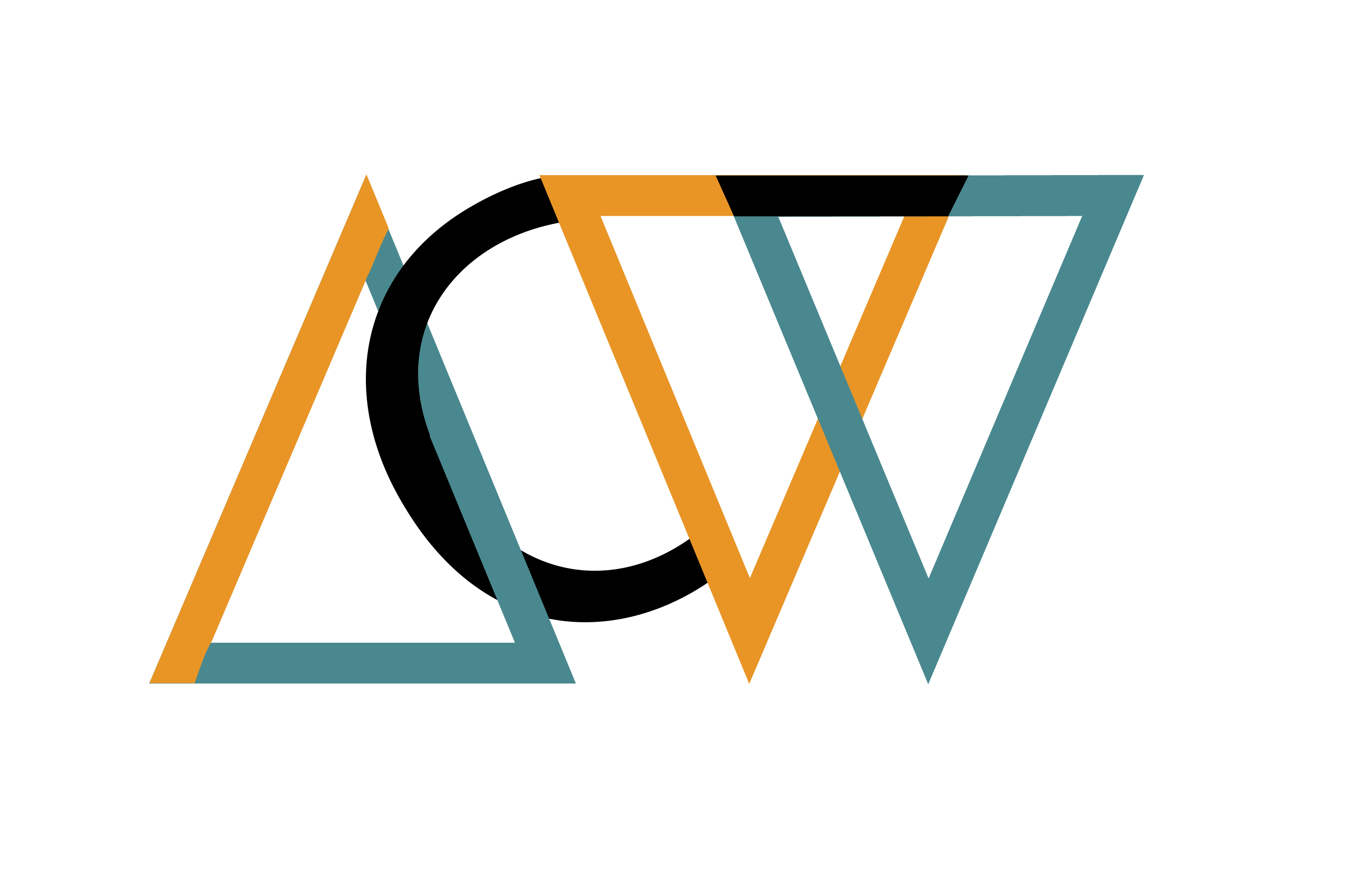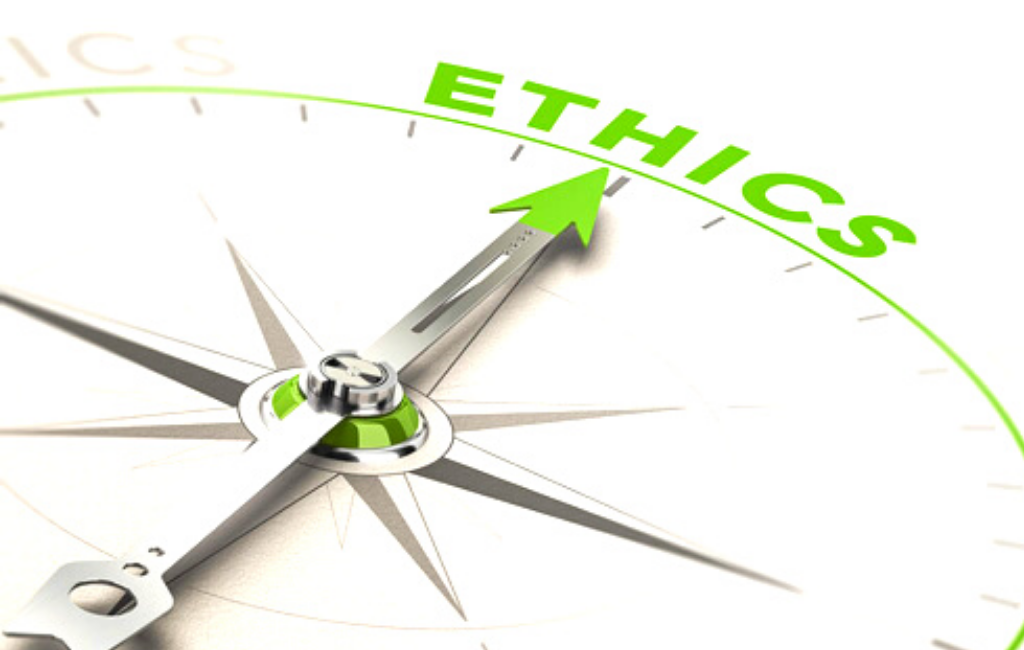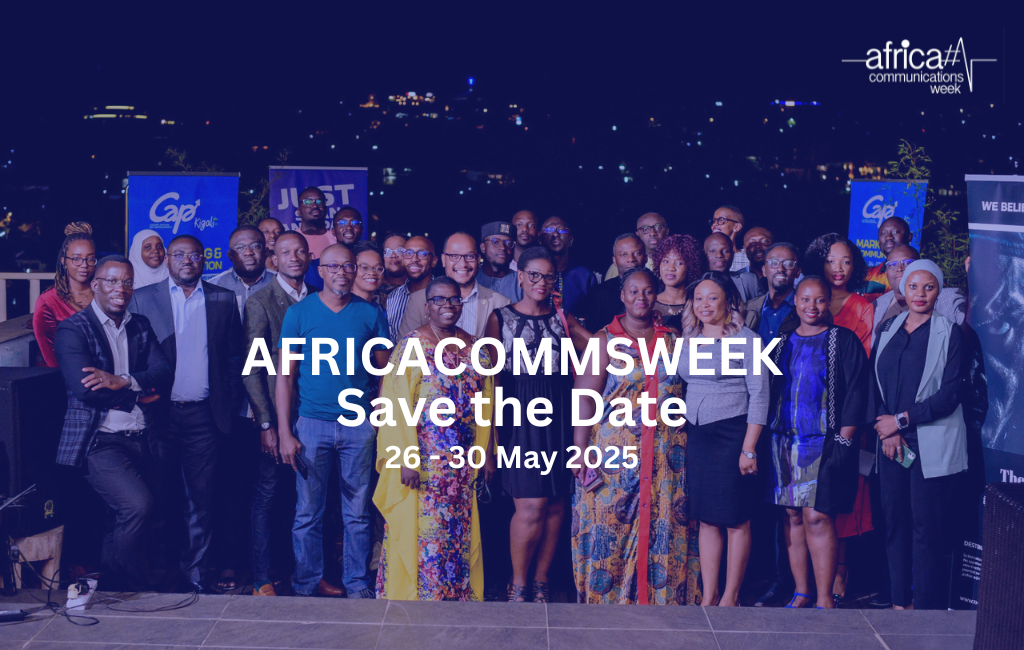Organisations coexist in a social, political, cultural, and economic environment. So, communication is crucial for their existence. An effective relationship between an organisation and its audience/stakeholders is rooted in three elements: trust, sharing, and reputation.
Understanding ‘communication’ as a concept
Any organisation has a commitment to interact with its audience. Interaction means sharing information, answering questions, trying to satisfy requests in order to improve services/products, and so on. This brings us to define communication as “a process that involves an interchange of verbal and/or nonverbal messages within a continuous and dynamic sequence of events.”[1] With this definition, we observe that communication, as a process, is a permanent action between two or more actors and the goal of this permanent action depends on each actor involved. Because the goals of the different actors involved in a communication process are often opposed, simply different, or misinterpreted, conflicts often appear. The language used might also cause conflict.
All this leads us to recognise the inherent difficulty in understanding how and why humans communicate and why there are challenges that arise during communication processes. Especially corporate communication. The latter can be understood as the strategic management function allocated to the communication (strategic instrument) by the administration of an organisation, with the aim to promote toward all its stakeholders a favourable corporate image and reputation that it wants.
In this article, we focus on communication ethics. Why? Because it is among the key elements that contribute to boosting organisation performance, overcoming current and future challenges, and reaching organisational goals, be they financial, social, cultural, or political.

We will consider why communication ethics must be taken into account and why it must be well understood by organisations when setting up their communication strategies. In other words, we explain why it is pivotal for organisations to deeply understand their commitment vis à vis its communications with stakeholders (corporate communications), through the prism of ethical considerations.
By organisation, we refer to any big or small institution/society/association from the public or private sector.
The link between ethics and communication activities
According to Martin Stokhof, a logician and philosopher, “ethics could be considered as a kind of normativity that is absolute. It means that it is typically formulated in terms of general principles and absolute values”[2]. This definition of ethics is not standard and might differ from one scholar to another.
We understand ‘normativity’ as rules or guidelines: moral, professional, religious, etc. They can be either written (laws, deontology, etc.) or unwritten (widely-shared communal or societal norms). As underlines Prof Ronald Arnett, “these guidelines are established as the “guardians of appropriate ethical conduct”[3]. However, contextual communication ethics considers that ethical guidelines or rules in the communication activity have to be adapted to the context or situation.
Thus, the main objective when establishing and adopting ethical rules is to avoid mistakes and reduce uncertainty in any action or activity. In this regard, communication activities are concerned with ethical rules. Communication ethics equip organisations and practitioners with key guidelines, thereby helping them to manage their activities successfully. Ethical principles are founded on the principle of beneficence. What should guide our decision/action is to know if what we do is right or wrong; if it is advantageous or disadvantageous. It is important to stress the fact that these advantages are mutual (on one side, for the organisation and on the other side for the stakeholders). So, the organisation and its stakeholders both expect to gain advantages in their relationship. For example, stakeholders might expect relevant information regarding the organisational structure (contact details, etc.), the information on the services/products provided, etc. Reciprocally, the organisation might expect from its stakeholders some information (social profiles, feedback regarding services/products provided sometimes through surveys, etc.).
In one way or another, communication ethics seek to ensure mutual benefits. And this is a sort of tacit contract between the organisation and its stakeholders (current or future stakeholders). The commitment to this tacit contract, especially on the part of the organisation, has many advantages for itself. But before we delve further into these potential advantages, let’s explain what tacit contract means here.
The tacit contract between an organisation and its stakeholders
Stakeholders fall into different categories. According to their varying needs, an organisation may set up its communication strategy to satisfy these needs and also to reach its own goals and objectives. This means that expectations are on both sides. The schema below represents key stakeholders in an organisation. So the word FIRM in the schema means any type of organisation. For many reasons, communicating with all these actors is not a simple task. Depending on the need, some organisations will interact with all stakeholders identified on the schema, while others won’t. So, the schema is adaptable. The most crucial information to remember from the schema being, that:
- The organisation is the key player which leads the communication game, and
- The communication activity runs in both directions.

Figure: Stakeholder model of strategic management[4]
According to Prof. Joep Cornelissen, “Stakeholders include groups that have primarily an economic or contractual relationship with the organization such as employees, unions, distributors, suppliers, shareholders and customers, as well as groups whose relationship is more diffuse and also primarily societal or moral in nature, such as the media, special interest groups, non-governmental organizations (NGOs), community members and the government”[5].
These actors are in the position to claim “legitimate” interests from the organisation and they have different needs that should to be considered and addressed by the organization. This commitment is what we call a ‘tacit contract’ between the organisation and its stakeholders. Thus, communication ethics guide organisations to observe this contract by driving communication actions in the right and proper manner, for the benefit of its stakeholders and itself.
If an organisation is not conscious of this tacit contract or does not capture it very well, it will infringe on the rights of its stakeholders. Worse, it will trample its own image.
The image projected by the organisation depends on its ability to understand the consequences of its interaction with its audience and its commitment to respect the tacit contract. Here, the role played by ethics is to protect the tacit contract for the best interest of all parties.
Conclusion
Any organisation conscious that communication activities, first and foremost, rely on a tacit contract that needs to be respected will set an efficient communication strategy, adopt the right tools and better communicate. As a result, the organisation will improve its reputation, fulfill its corporate social responsibility, and boost its financial performance. Communication ethics is a strong foundation on which an organisation should rely on to avoid misunderstandings with audience/stakeholders. Observing communication ethics opens the door to many opportunities. On the other hand, a low commitment to it has negative effects on an organisation. In the second part of this two-part series on communication ethics, we will see these opportunities and negative impacts and make some recommendations.
Notes
[1] Communication in the Real World, University of Minnesota Libraries Publishing edition, 2016, p.
The book is licensed under a Creative Commons Attribution-Non Commercial-Share Alike 4.0 International License, except where otherwise noted. DIGITAL OBJECT IDENTIFIER (DOI) https://dx.doi.org/10.24926/8668.0401
[2] Stokhof, M.J.B. Ethics and morality, principles and practice, ZEMO 1, 291–304 (2018). https://doi.org/10.1007/s42048-018-0016-x
[3] Ronald C. Arnett,Pat Arneson & Leeanne M. Bell, Communication Ethics: The Dialogic Turn, Pages 62-92 | Published online: 19 Aug 2006, https://doi.org/10.1080/15358590600763334
[4] Joep Cornelissen, Corporate Communications: Theory and Practice, SAGE Publications Ltd, London, 2004, p.59
[5] Joep Cornelissen, Corporate Communications: Theory and Practice, SAGE Publications Ltd, London, 2004, p.27





0 Comments